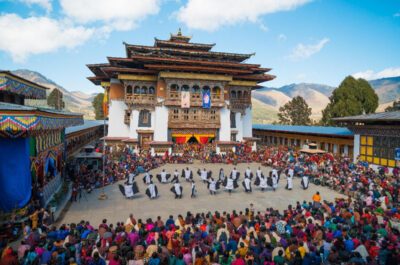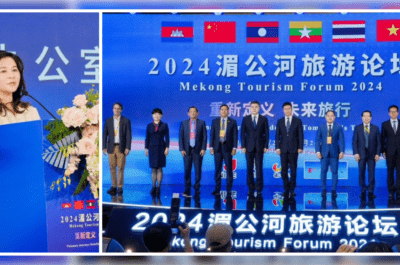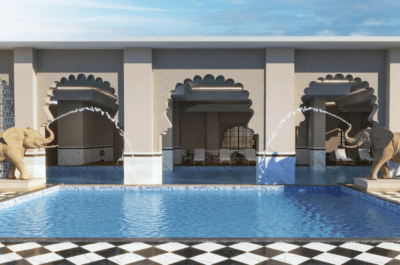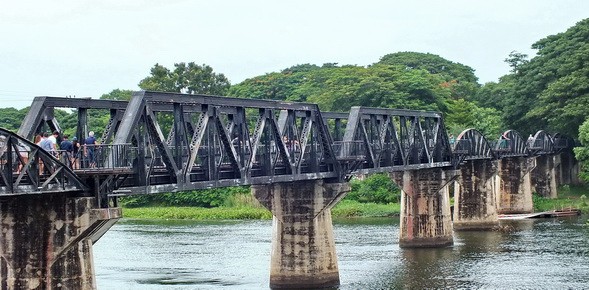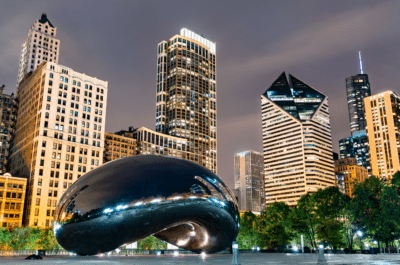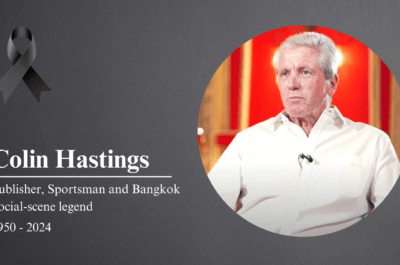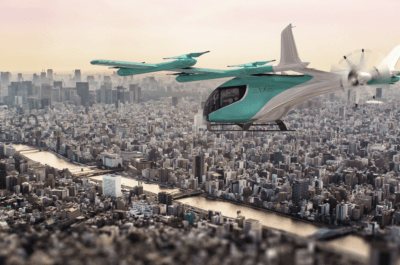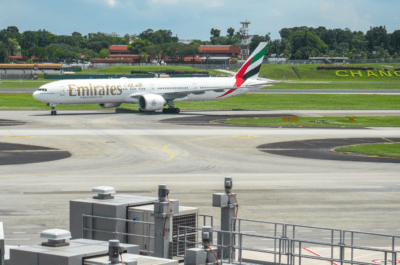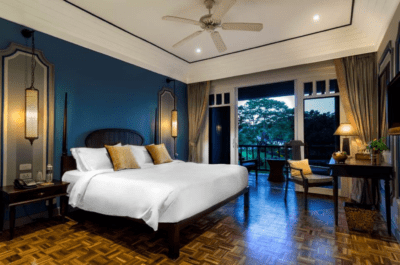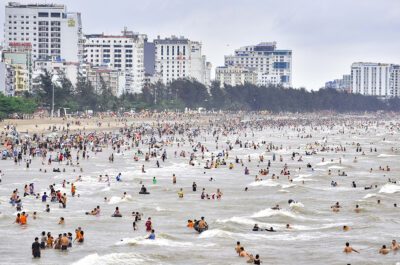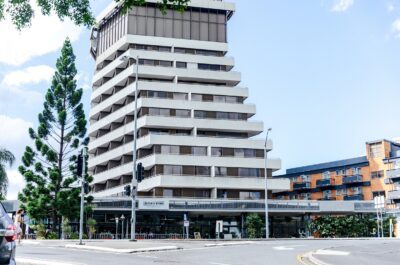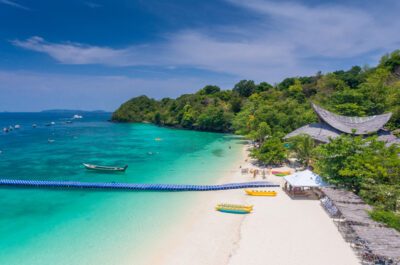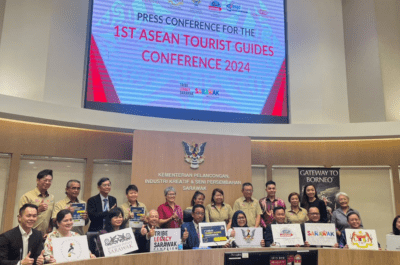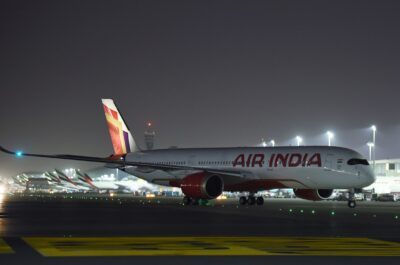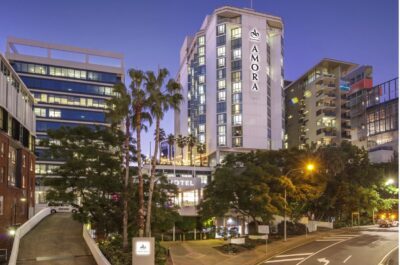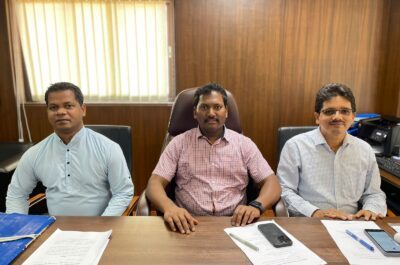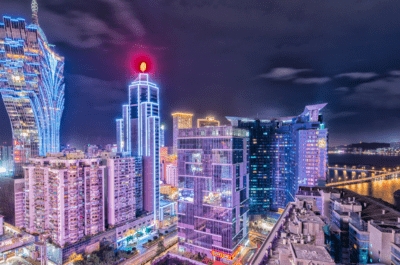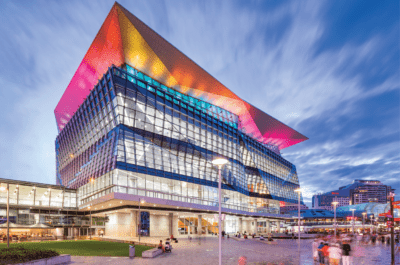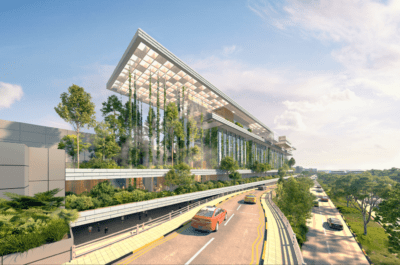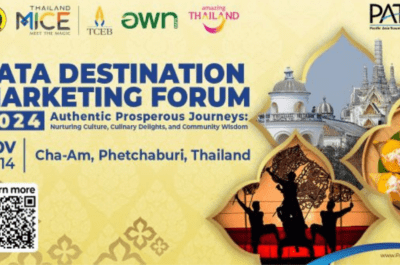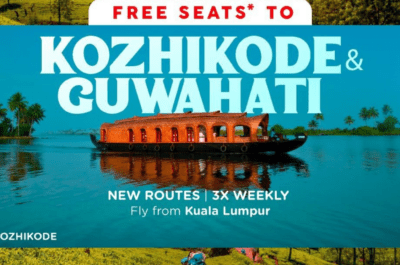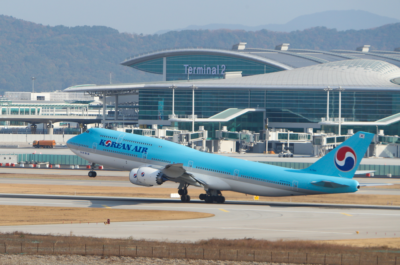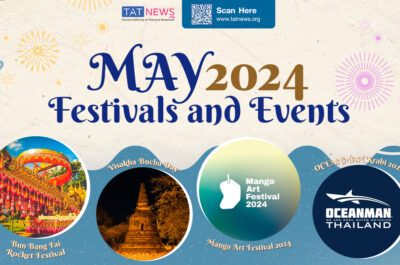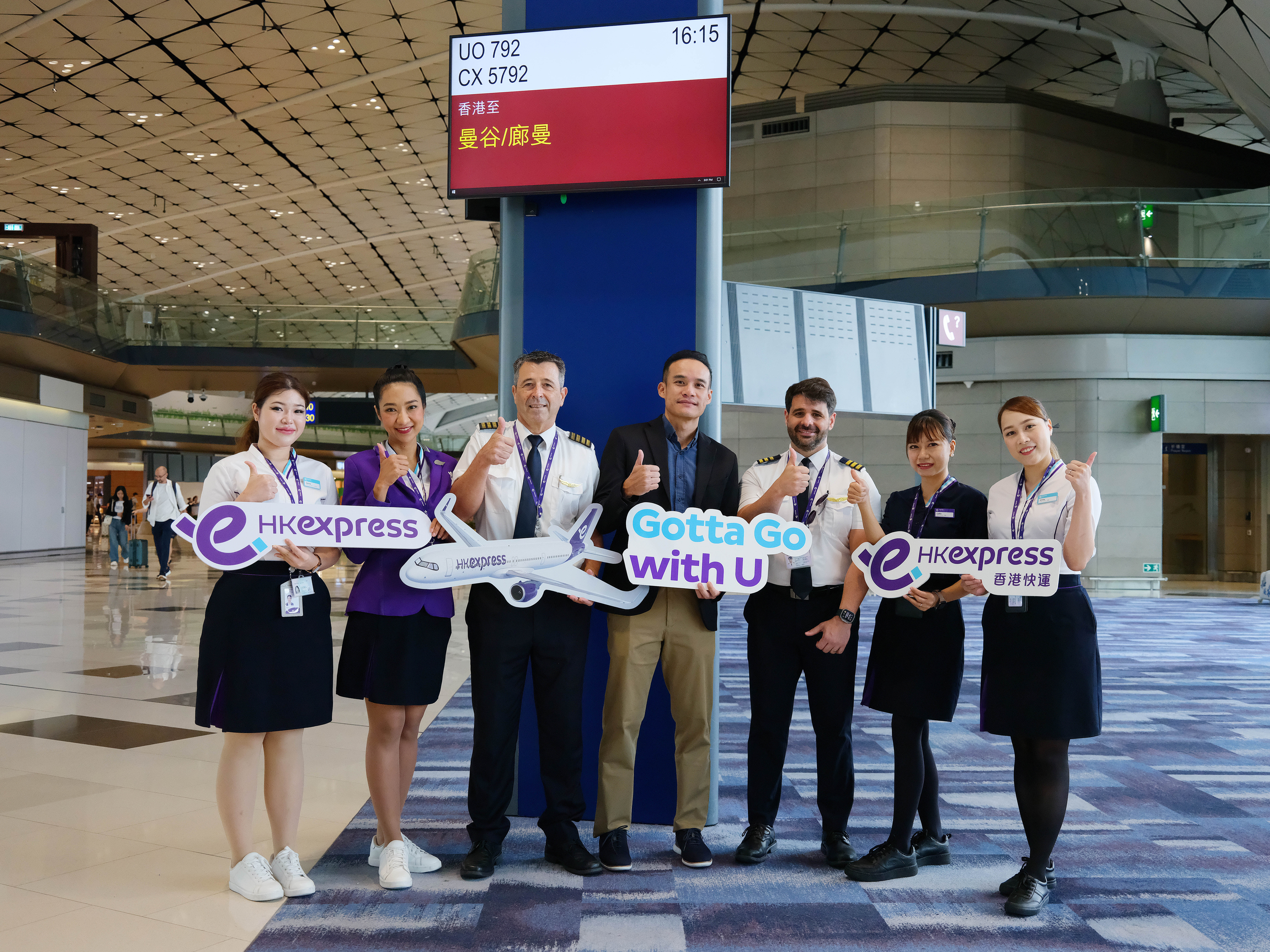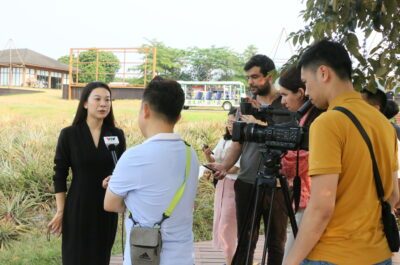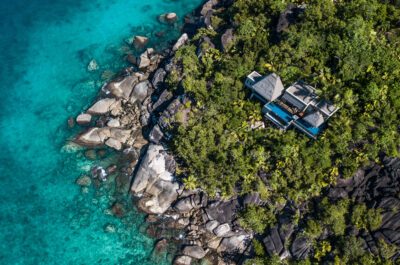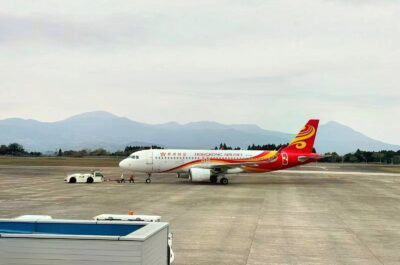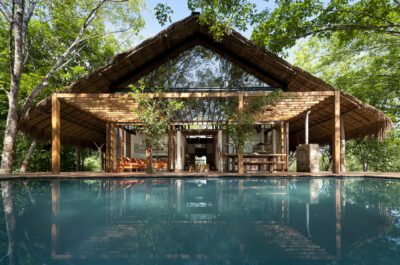Thailand and generally Asian countries rarely look at historical events to build up tourism theme years. Could the celebration marking the 70th anniversary of the end of World War II be turned into an opportunity to attract new types of travellers to the country? It would however request to look back at historical events without compromise…
KANCHANABURI – Groups of European travellers get out of the bus, stretch their legs before entering the site in this relatively peaceful street of Kanchanaburi. Far from the bustle of markets, malls and other crowded tourist areas, these foreign visitors are looking at a cemetery, more exactly Kanchanaburi War Cemetery. An emotional visit for most of these travellers who want to look at the immaculate green field, where neatly arranged flowers surround graves. CYoung, old, female, male visitors: for a few minutes, they will walk around the graves, reading the names and thinking about this historical period of time, where Asia also turned into a battlefield of a world conflict.
The soldiers buried there were young, mostly in their twenties and thirties. Most of them were British, Australian and Dutch. All of these over 5,000 Commonwealth and 1,800 Dutch soldiers buried in the cemetery used to be prisoners of war (POW) and forced them to build the infamous “Death Railway”. The massive project was driven by Japanese military to support their forces engaged in Burma, stretching over 424 kilometres between Bangkok and the Burmese territory after the Three Pagodas Pass. The human toll has been enormous for the project which was conducted in just 14 months between 1942 and 1943: around 90,000 Asian civilian labourers and 12,399 Allied POWs died of illness, malnutrition, exhaustion and mistreatment. The most popular area of the Death Railway for visitors is of course the Bridge over the River Kwai, which is turning into Kanchanaburi number one attraction. But over the years, a few attractions around the theme Death Railways have been developed on the Thai side. It includes three museums, a ride with an old fashion train along the Death Railway and cemeteries visit.
The cemeteries are very well kept due to the fact that they stand under the Commonwealth War Graves Commission, based in the UK, who takes care of the maintenance. The largest is the Kanchanaburi War Cemetery while a second one, the Chungkai War Cemetery was built next to a base camp on the railway, which contained a hospital and church built by Allied prisoners of war. The war cemetery is the original burial ground started by the prisoners themselves, and the burials are mostly of men who died at the hospital. The cemetery has 1,426 Commonwealth and 313 Dutch burials.
As Europe is looking back this year at WWI while looking at commemorating next year the end of WWII, Thailand is having a great opportunity to launch a historical tourism project. This should not only be for the Kanchanaburi area – which could certainly be the main centre of commemoration activities next year- but also all across the country. However, WWII is also evocating a difficult period of Thailand history. In the centre is the ultranationalist dictatorship of Field Marshal Phibulsongkram who initiated a pro-active collaboration of Thailand with Japan. However, with 70 years after WWII, this would be an interesting time to look back at history, find the causes to it and also look at the way Thailand used to be in these years.
Tours about architecture of that time –such as the Phibulsongkram buildings left in Lopburi or Bangkok-, a historical exhibition with pictures about life during war years would certainly generate great interest. It would also help to revitalize and restore some of the buildings from that period of time.
From a tourism point of view, it would set up a precedent in Thailand tourism. Instead of promoting the so-called Thainess – in fact a popular value put in honour by the government of Phibulsongkram- or Thailand beach and entertainment, a more intellectual approach to tourism could generate new visitors markets and show the Kingdom’s tourism maturity with a mix of marketing promotion for main and niche products.. Such an approach has worked very well in Europe and it is interesting to see that so no Asian countries have been able to capitalize on history tourism.
Probably because it would also force Asian countries to look back at their history without compromise. It is true that it could drive to some uncomfort by telling the truth. Japan and its deny of all WWII events set another example of how difficult it is to deal sometimes with history.
Luc Citrinot a French national is a freelance journalist and consultant in tourism and air transport with over 20 years experience. Based in Paris and Bangkok, he works for various travel and air transport trade publications in Europe and Asia.

